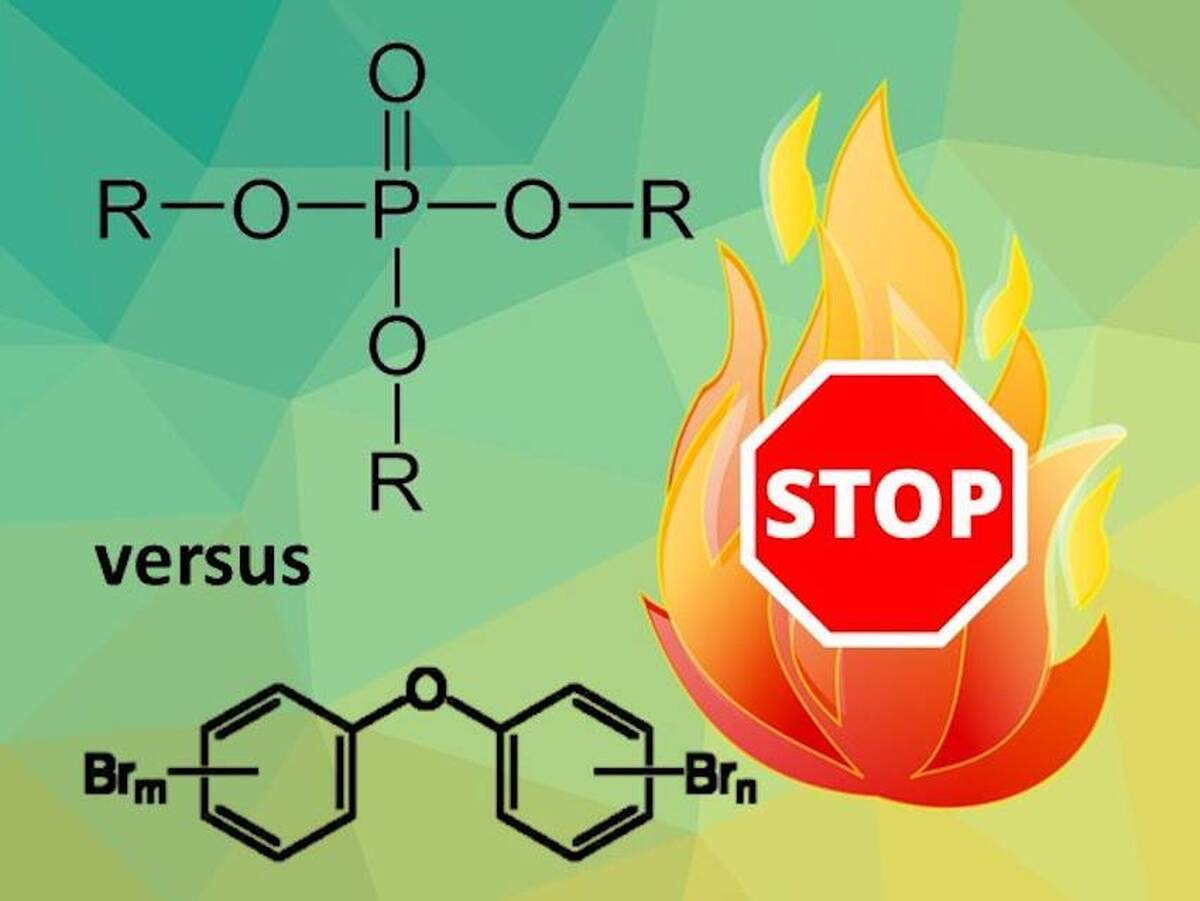Exposure to Flame Retardants Linked to Premature Birth, Higher Birth Weight

In the largest study of its kind, researchers at UC Davis Health found that exposure to organophosphate ester flame retardants during pregnancy was associated with preterm birth, especially among females. The chemicals were also linked to higher birth weight, a concern for increased obesity risk. The major new research study was published in Environmental Health Perspectives.
"The importance of this study lies in unraveling the potential impact of exposure to environmental chemicals during pregnancy on fetal development. Our findings guide our understanding of how these chemicals may be silently seeding lasting challenges for the health of the next generation," said Jiwon Oh, first author of the study and a postdoctoral scholar in the Department of Public Health Sciences, Division of Environmental and Occupational Health.
In the mid-2000s, one class of chemicals, polybrominated diphenyl ether flame retardants, were gradually phased out of use due to concerns about their potential toxicity.
Organophosphate esters, or OPEs, gradually took their place. They are now widely used in foams found in furniture, baby products, electronics, textiles and building materials to prevent fires and make plastics more flexible.
Because of their chemical structure, OPEs slowly degrade and become part of dust. Individuals are exposed to OPEs through their skin or when they ingest or inhale indoor dust.
The chemicals are frequently detected in urine samples from the U.S. general population, including samples from pregnant people. For this study, the researchers wanted to determine what impact OPEs might have on fetal development during pregnancy.
Researchers at multiple institutions, including UC Davis, conducted the study. It included 6,646 mother-child pairs from 16 cohorts across the U.S. from the Environmental Influences on Child Health Outcome (ECHO) study. The participants came from various regions and had diverse backgrounds.
Researchers measured nine OPE biomarkers in urine samples of pregnant people collected between 2007 and 2020, with most samples obtained during the second and third trimesters.
They assessed birth outcomes, including gestational age at birth and birth weight, primarily using medical records or parent reports.
The researchers found three of the nine OPEs were associated with increased risks of preterm birth (before 37 weeks of pregnancy), especially among female newborns. These included dibutyl phosphate, di-isobutyl phosphate and bis(butoxyethyl) phosphate.
Preterm births can put infants at risk of health issues, including breathing and feeding problems, developmental delays, cerebral palsy, and vision and hearing problems.
Three other OPEs -- bis(1-chloro-2-propyl) phosphate, bis(2-methylphenyl) phosphate, and dipropyl phosphate -- were linked to greater birth weight-for-gestational-age.
High birth weight is associated with childhood obesity, which increases the risk of health conditions like diabetes and cardiovascular disease.
"There were over 6,000 pregnancies included in this study, and with such a large study, we are very confident of our findings," said Deborah Bennett, senior author of the study and a professor of environmental health in the Department of Public Health Sciences. "Policy options to reduce exposure to organophosphate ester flame retardants should be considered."
The researchers noted that OPEs may affect thyroid hormone levels and cause inflammation and oxidative stress, which could play a role in the preterm births. OPEs are also endocrine disruptors, so they may contribute to abnormal placental development, and the impact may vary based on the sex of the fetus.
"Because OPEs are from building materials, textiles, electronics and other products, consumers cannot choose products that do not contain OPEs," Oh said. "Only y changes and regulations can mitigate their exposure."
4155/v
























